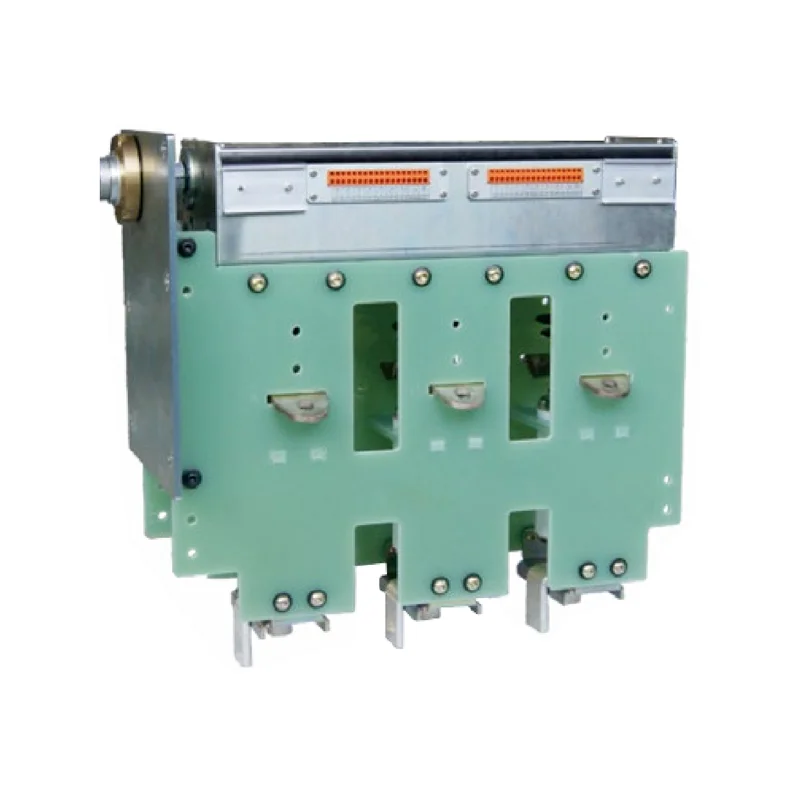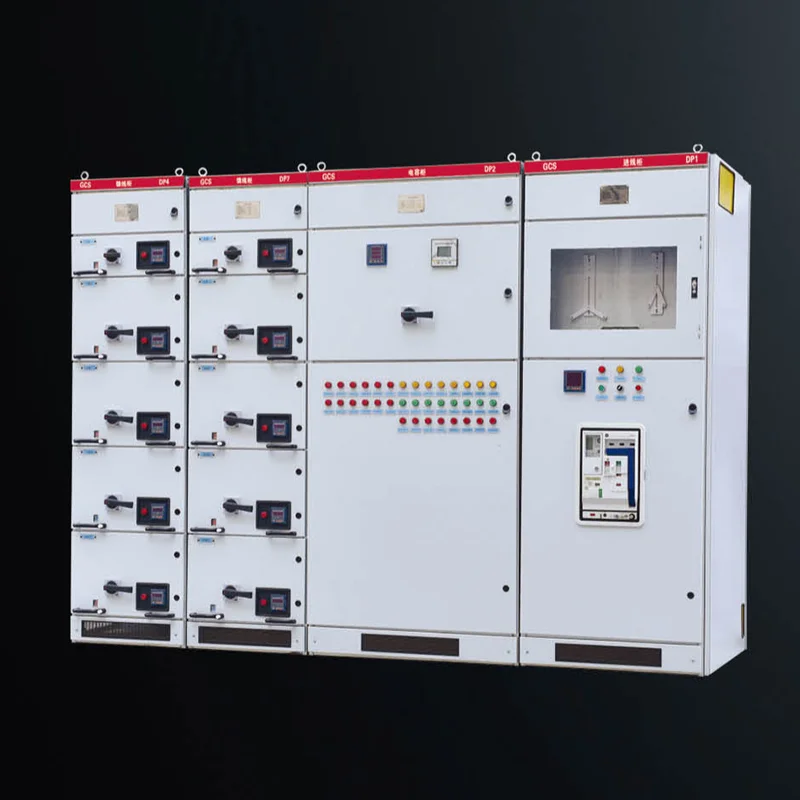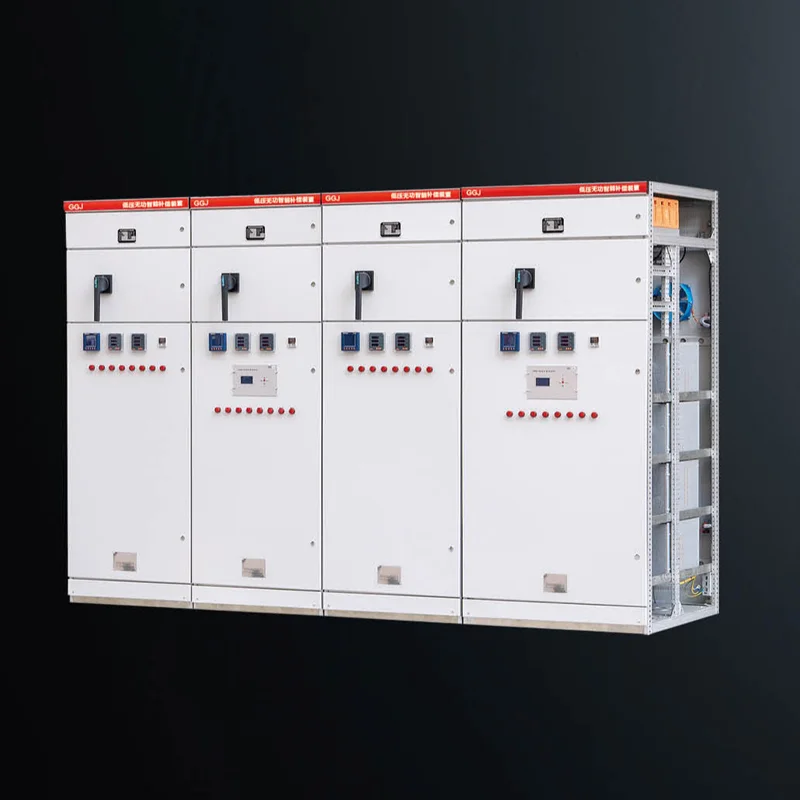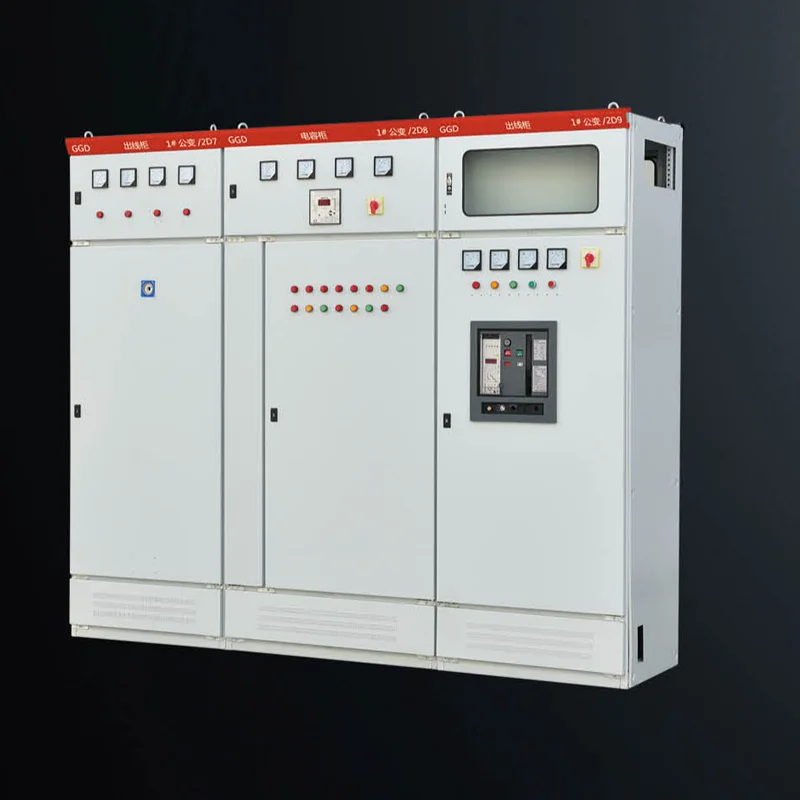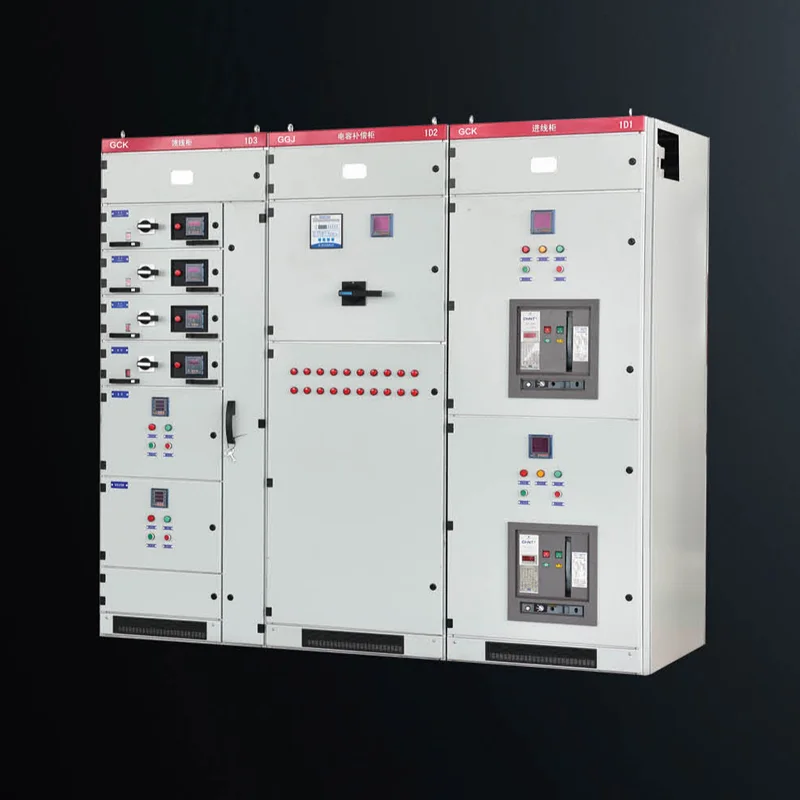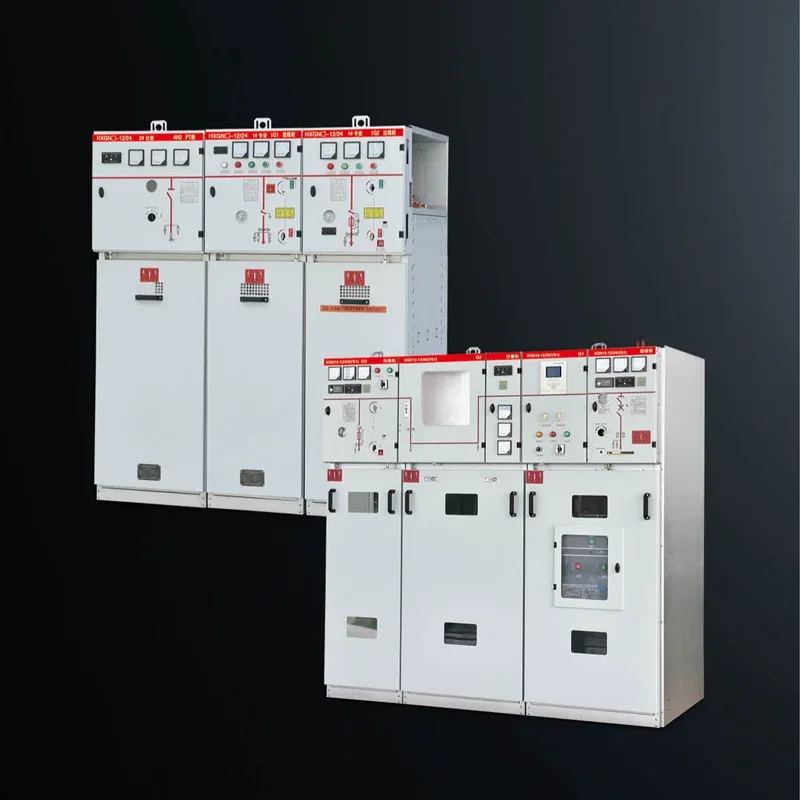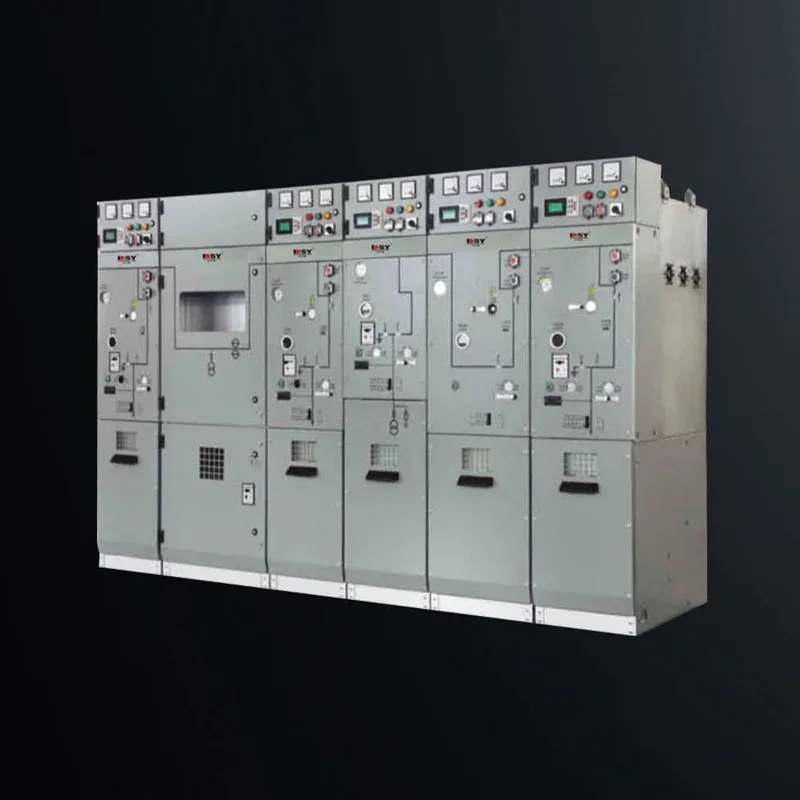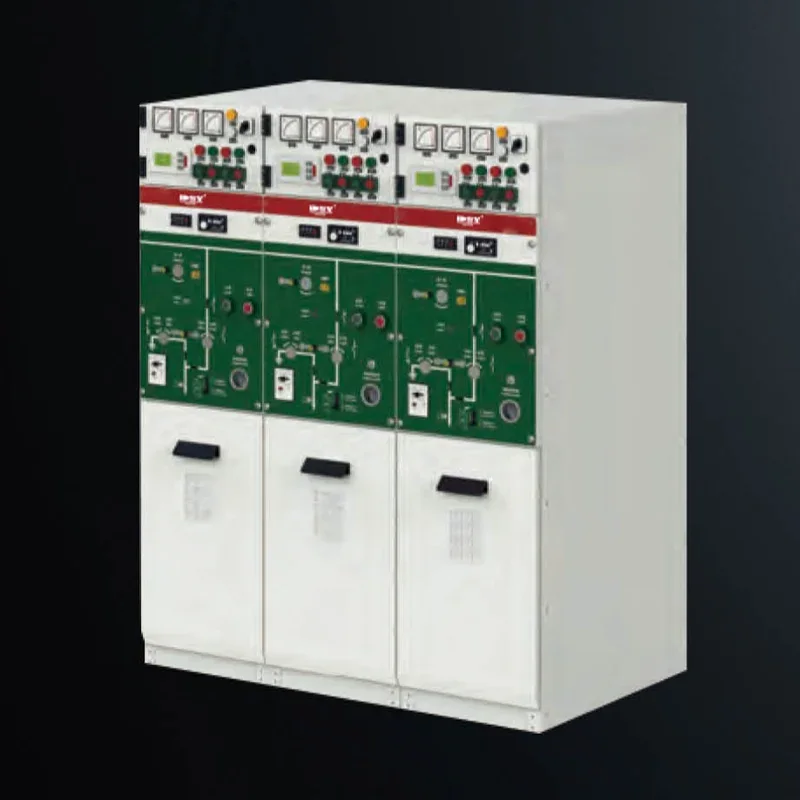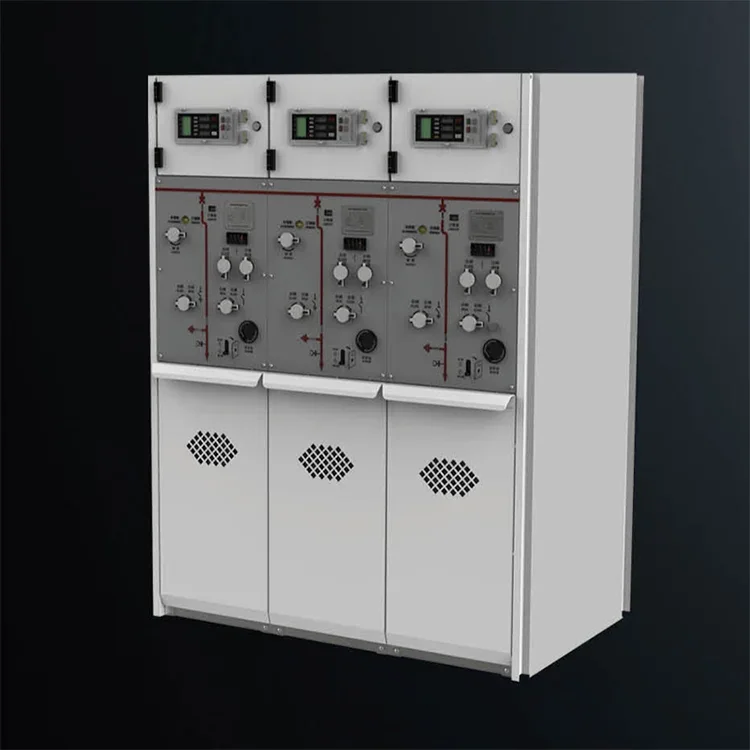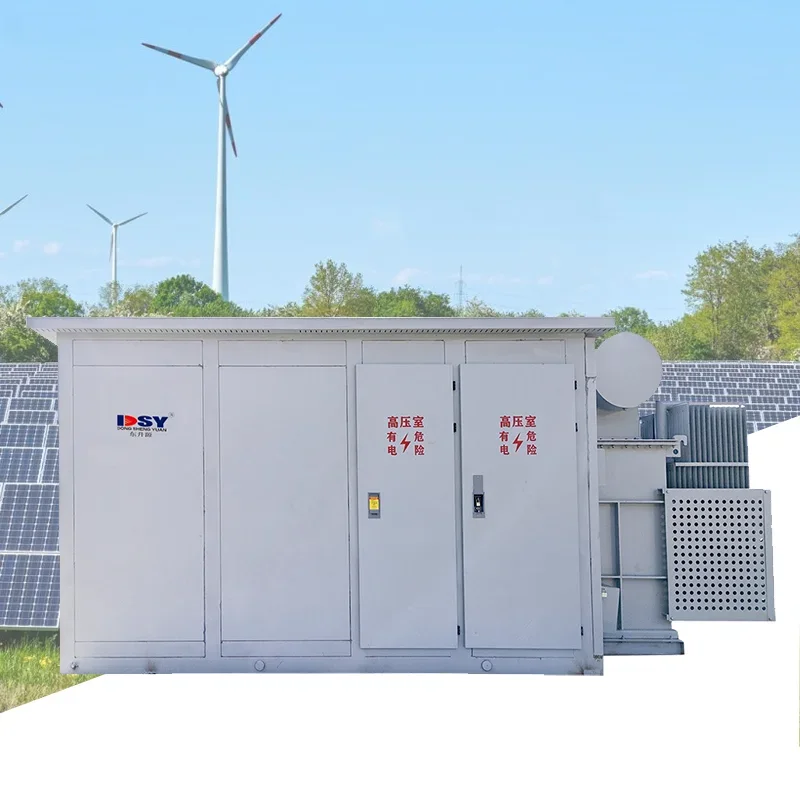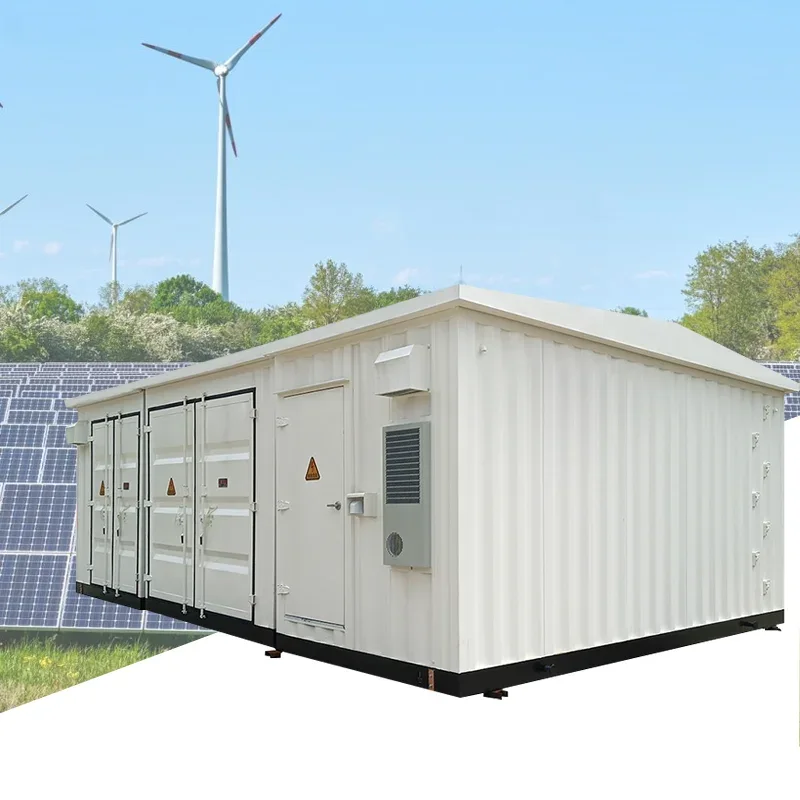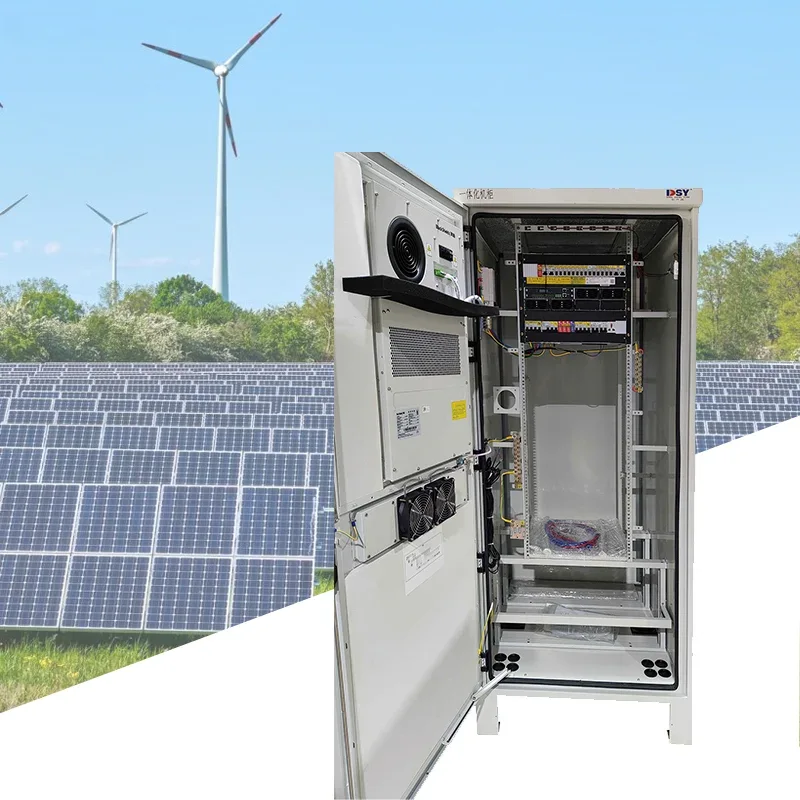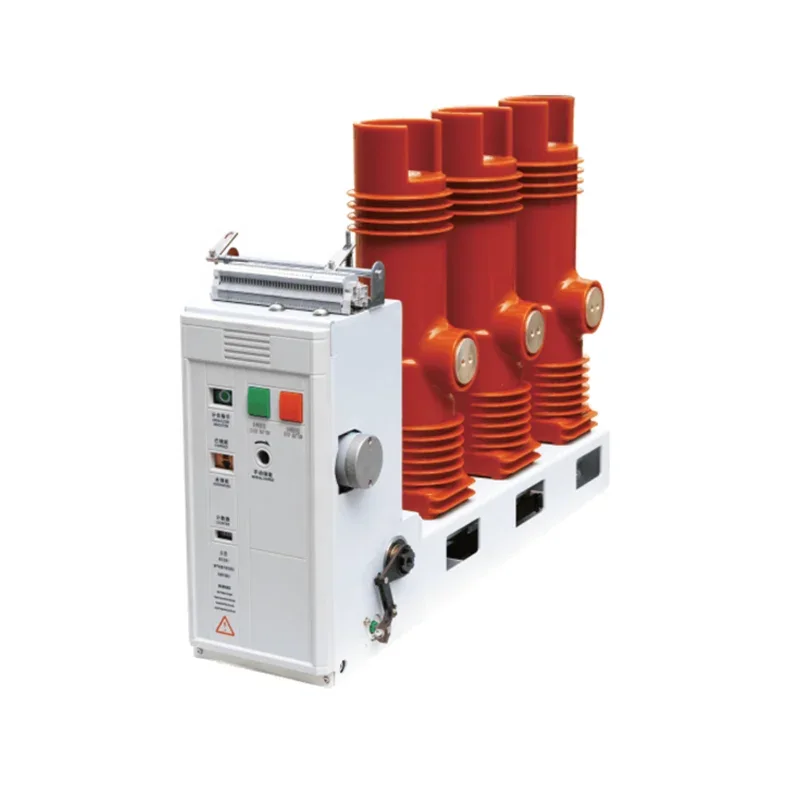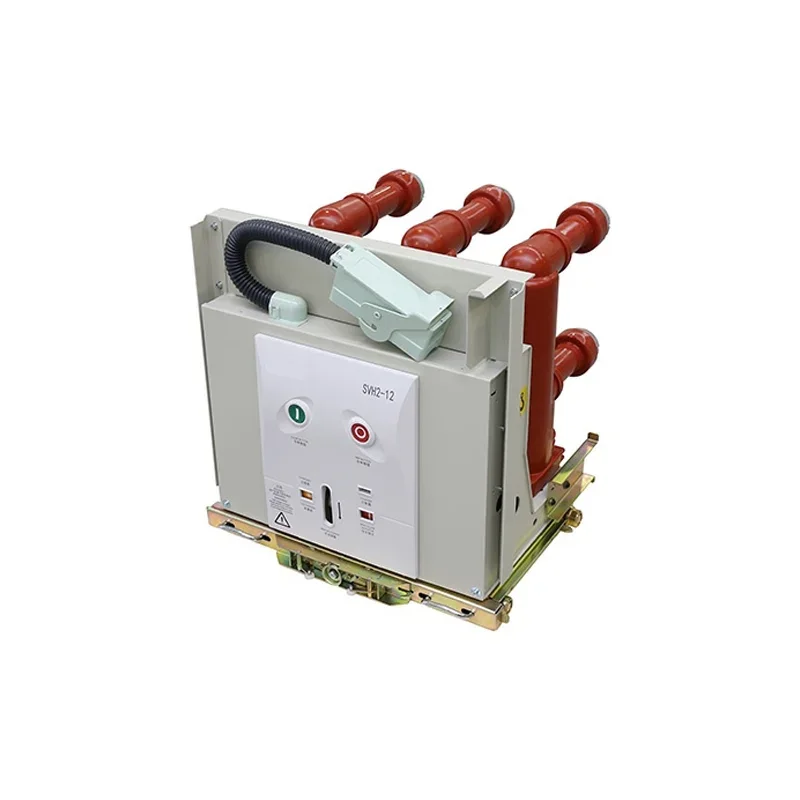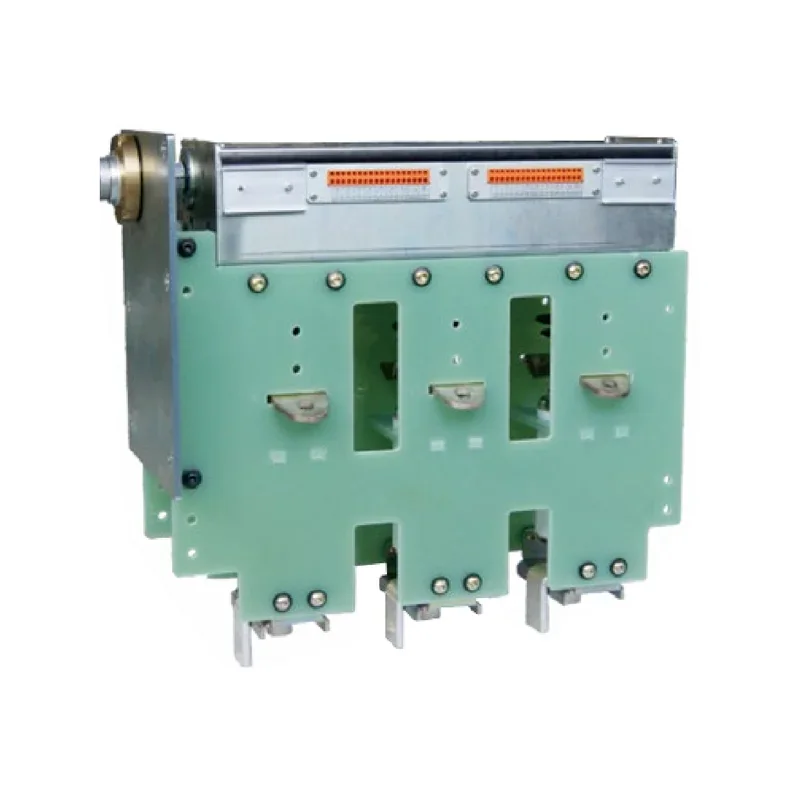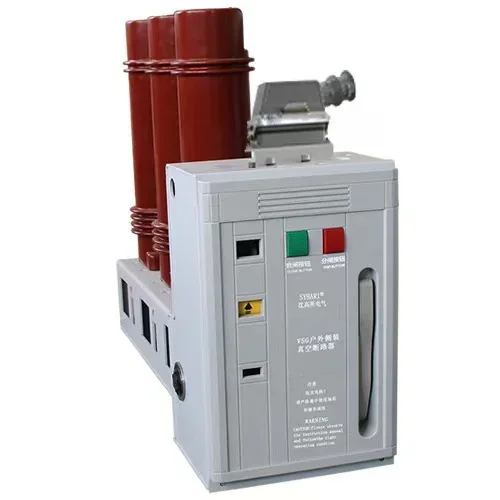Understanding LV Switchgear: Essential Insights for Low Voltage Applications
Low-voltage switchgear (LV switchgear) plays a critical role in the management and distribution of power in various industrial and commercial locations
Aug 17,2025
Low-voltage switchgear (LV switchgear) plays a critical role in the management and distribution of power in various industrial and commercial locations. Designed to protect circuits, manage power flow, and ensure the safety of low-voltage systems, this equipment typically operates at voltages below 1000 V AC or 1500 V DC.
Main Functions of LV Switchgear
One of the primary functions of LV switchgear is to isolate electrical equipment during maintenance or during fault conditions. This isolation is crucial for protecting personnel and equipment from electrical hazards. LV switchgear also facilitates efficient control and distribution of power, ensuring the reliable operation of mechanical and electrical systems.
According to the International Electrical Equipment Association (IEA), power systems equipped with high-quality LV switchgear can reduce downtime by over 30%, significantly improving overall operational efficiency. Low-Voltage Switchgear Types and Features
Low-voltage switchgear comes in several types, including air-insulated switchgear (AIS), gas-insulated switchgear (GIS), and modular switchgear. Each type has its own unique features and application scenarios:
1.Air-insulated switchgear (AIS): This is the most common type of low-voltage switchgear. It uses air as the insulating medium and is suitable for a wide range of applications. AIS is generally cost-effective and easy to maintain.
2.Gas-insulated switchgear (GIS): This type is designed for compact installations where space is limited. GIS uses gases such as sulfur hexafluoride (SF6) as the insulating medium, offering high reliability and safety. While more expensive, GIS is well-suited for urban areas or locations with harsh environmental conditions.
3.Modular switchgear: This is a flexible solution that can be easily expanded and customized. Modular switchgear can adapt to changing power demands, making it a versatile option in dynamic environments.
Low-Voltage Switchgear Selection and Standard Compliance
When selecting low-voltage switchgear, several factors need to be considered to ensure optimal performance and safety. These factors include specific power load requirements, environmental conditions, and maintenance accessibility. Furthermore, compliance with national and international standards is crucial to ensure the safe and efficient operation of switchgear.
Currently, the primary international standards for low-voltage switchgear are the IEC 61439 series. These standards provide detailed regulations for the design, testing, and marking of low-voltage switchgear assemblies, serving as a crucial basis for ensuring product quality.
Inquiry Hotline: +86 135 5682 9425
Email: kimball@dsycn.com
Company Website: https://www.dsyswitchgears.com/
Contact Shenzhen Dongshengyuan Electrical Equipment Co., Ltd. today for technical consultation and customized quotations.
Related News
From June 5th to 8th, 2025, Shenzhen Dongshengyuan Electrical Equipment Co., Ltd. (hereinafter referred to as "Dongshengyuan Electric") participated in the Southeast Asia Electricity and Energy Exhibition (SEAPAE) held in Jakarta, Indonesia. During the exhibition, the company highlighted its three core product lines: high-voltage and low-voltage distribution switchgear, intelligent circuit breakers, and environmentally friendly load switches. These products are designed to provide targeted solutions for the high temperature and high humidity environments commonly found in Southeast Asia, as well as the growing demand for new energy access. They have successfully attracted over 200 industry customers for business negotiations.
The difference between circuit breakers and vacuum circuit breakers
Circuit breaker is an abbreviation for pole type circuit breaker. Circuit breakers are also vacuum circuit breakers

